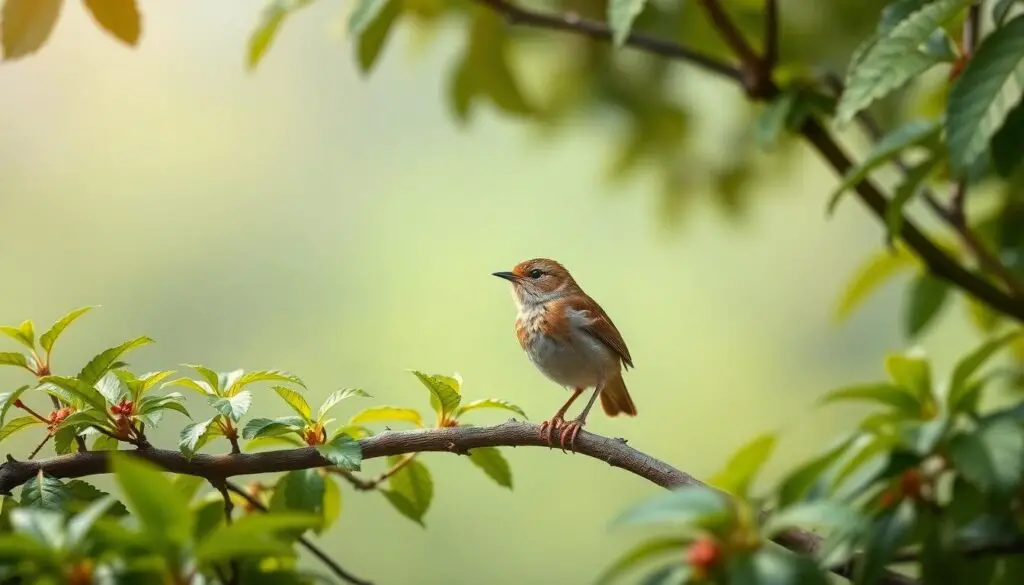Have you ever noticed that tiny brown bird with the upturned tail and melodious song? The wren may be small in stature, but it carries profound symbolic meaning across cultures and traditions. We’re fascinated by how this diminutive creature has come to represent such powerful concepts as creativity, freedom, and divine protection.
Throughout history, the wren has appeared in folklore, mythology, and spiritual practices worldwide. From Celtic traditions where it’s known as the “king of birds” to Native American beliefs connecting it with earth medicine, this little bird’s significance transcends its size. We’ll explore these rich symbolic associations and discover why the wren continues to captivate our imagination today.
The Significance of Wrens Across Cultures
Celtic Traditions and the Wren
Celtic cultures honor the wren as “the king of all birds,” a title earned through clever trickery. In an ancient folktale, birds competed to determine their king by seeing who could fly highest. The tiny wren hitched a ride on an eagle’s back, then flew slightly higher when the eagle tired, winning the contest through wit rather than strength. This story cemented the wren’s reputation as a symbol of cunning and intelligence in Celtic mythology.
The Celts also associated wrens with druidic wisdom and prophecy. These respected religious leaders viewed the wren’s complex song as conveying messages from the divine area. Many Celtic communities considered harming a wren deeply taboo, believing it would bring misfortune to the entire village.
In Ireland and parts of Wales, the curious tradition of “Wren Day” or “Hunt the Wren” occurs on December 26th (St. Stephen’s Day). Historically, participants hunted a wren, placed it on a decorated pole, and paraded it through town while collecting money. Modern celebrations have evolved to use symbolic wrens instead, preserving the cultural tradition without harming actual birds.
Native American Symbolism
Many Native American tribes view the wren as a powerful medicine bird. The Cherokee specifically associate wrens with confidence and fearlessness, drawing inspiration from how these small birds boldly defend their territory against much larger threats. Their teaching stories often feature wrens outsmarting physically stronger adversaries through quick thinking and determination.
For the Hopi tribe, the cactus wren serves as a rain messenger. Their appearance and distinctive calls signal the coming of vital desert rains, connecting these birds to agricultural prosperity and sustenance. Some Pueblo communities incorporate wren imagery into ceremonial rain dances, highlighting the bird’s spiritual connection to life-giving water.
The Lakota people consider the wren a symbol of protection for homes and families. Many tribes place wren feathers in newborn cradles for spiritual guardianship, believing these birds carry special protective energy for vulnerable children and households.
European Folk Beliefs
Throughout medieval Europe, wrens represented divine protection and good fortune. English country folklore claimed that a wren near one’s home protected the dwelling from lightning strikes and storms. Farmers often encouraged wrens to nest near their barns, believing their presence ensured healthy livestock and abundant harvests.
In Germany, wrens symbolize industriousness and attention to detail. German folk wisdom observes how meticulously wrens build their nests, seeing this behavior as a model for careful craftsmanship and thoroughness in human endeavors. Many German proverbs reference the “wren’s eye” as a metaphor for noticing important details others might miss.
French rural traditions connect wrens to feminine intuition and household harmony. Young women hoping for marriage would watch wren flight patterns to divine information about their future partners. This practice reflects the bird’s association with foresight and domestic happiness in French cultural symbolism.
Eastern Philosophical Perspectives
Chinese cultural traditions view the wren as an embodiment of yang energy even though its small size. In traditional paintings, wrens often appear alongside bamboo or plum blossoms, symbolizing resilience through challenging circumstances. Ancient Chinese texts reference the wren’s ability to find joy regardless of its humble position in nature’s hierarchy.
Japanese nature philosophy appreciates wrens for embodying the concept of “ma” – finding significance in small spaces. Their ability to create elaborate nests in tiny crevices represents making the most of limited resources. Several Japanese haiku poets have immortalized wrens, celebrating how these diminutive birds create beautiful music that fills spaces much larger than themselves.
In Tibetan Buddhist traditions, wrens symbolize the principle that spiritual power isn’t determined by physical size. Monks sometimes use wren stories in teachings about overcoming ego and recognizing that true strength comes from inner qualities rather than external appearance or social position.
Wren Symbolism in Celtic Mythology
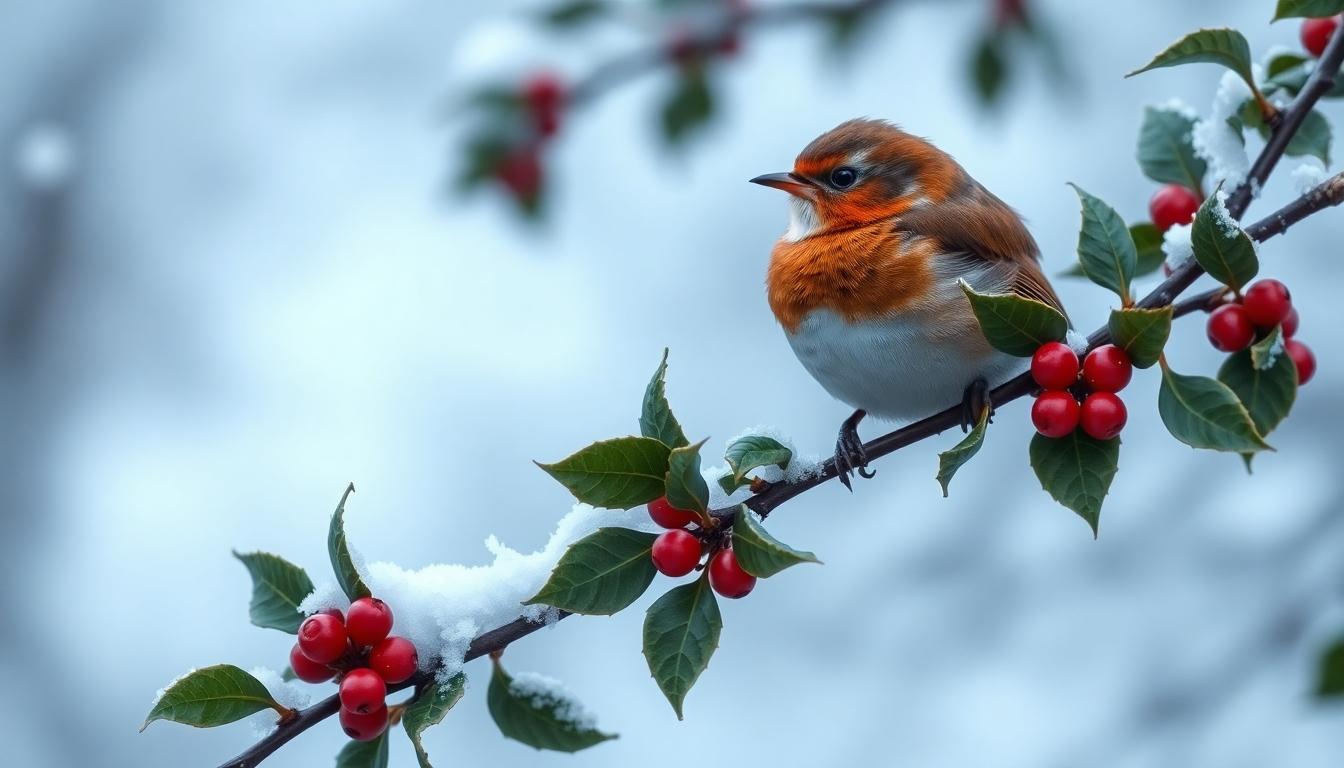
The wren occupies a revered position in Celtic mythology, serving as a powerful conduit between worlds and a creature of profound spiritual importance. Celtic druids regarded this tiny bird as an essential messenger with supernatural connections to both the mortal area and the otherworld.
Sacred Winter Bird
Celtic tradition closely associates the wren with the dark half of the year and the holly tree, making it a quintessential winter symbol. During the coldest months when other birds fall silent, the wren’s persistent song represented resilience and life-force continuing through darkness. Druids conducted annual rituals centered around this bird, particularly on Wren Day, when one wren was sacrificially offered to gain favor from supernatural forces. Communities paraded the wren’s body from house to house, bestowing blessings on households before performing a ceremonial burial that marked the year’s conclusion. This practice connected the wren to concepts of death and renewal, with its sacrifice symbolically paying “Nature’s debt” for the transition between seasons.
The King of All Birds
Celtic lore bestows the title “king of all birds” upon the humble wren due to a clever tale of wit overcoming size. In this myth, the wren outsmarts larger birds during a contest to determine avian royalty by hiding on an eagle’s back and flying higher than all competitors at the last moment. Though similar stories appear in Norse mythology—where the wren perches on Odin’s shoulder as a wisdom-bearer—Celtic traditions emphasize its role as a “druid bird” (Old Irish: Drùi donn). Druids interpreted the wren’s flight patterns for omens and prophecies, considering it a potent symbol of cunning and intelligence. The bird’s connection to oak trees added to its sacred status, with folk beliefs warning that harming a wren or its nest invited curses or lightning strikes. Its elusive nature and ability to navigate tight spaces further enhanced its reputation for stealth and agility in Celtic mythological tradition.
Wren Symbolism in Christian Traditions
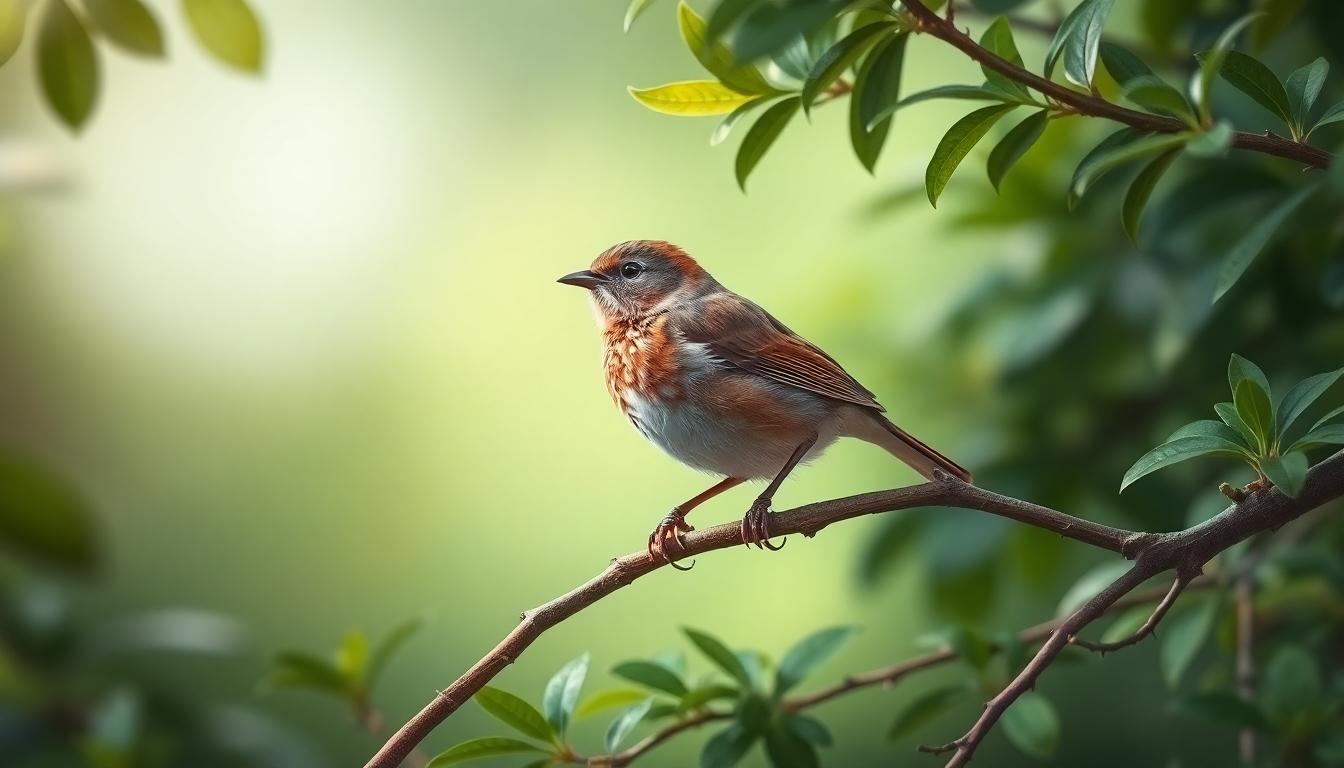
The wren holds important symbolic meaning within Christian traditions, representing qualities that align with core Christian values. These small birds convey powerful spiritual messages even though their diminutive size, embodying virtues cherished in Christian faith.
St. Stephen’s Day and the Wren Hunt
The “Wren Hunt” tradition celebrated on St. Stephen’s Day (December 26) illustrates the complex relationship between Christian and pagan practices. Participants would hunt and parade a wren to symbolize Christianity’s triumph over paganism, creating a tangible representation of spiritual victory. This custom connects to older Celtic rituals where wrens were closely associated with Druids—the Welsh word “dryw” actually means both “wren” and “druid”—suggesting the hunt may have represented the suppression of pre-Christian beliefs. Some scholars theorize that this tradition originated as a symbolic human sacrifice meant to renew solar cycles during winter solstice, later evolving as it merged with Christian narratives. The timing of this observance directly after Christmas created a meaningful juxtaposition between the celebration of Christ’s birth and the symbolic conquest of older religious practices.
Symbols of Divine Providence
Wrens serve as powerful symbols of divine providence in Christian symbolism, their small stature highlighting God’s care for even the most vulnerable creatures. These tiny birds embody courage, resilience, and spiritual vigilance, reminding believers of the importance of steadfastness in faith regardless of life’s challenges. Their remarkable agility reflects the necessity for spiritual adaptability in a changing industry, while their industrious nature symbolizes diligence in stewardship and cultivating a meaningful relationship with God. Christian teachings point to the wren’s communal nesting habits as emphasizing the importance of fellowship and mutual support among believers. The melodious song of these small birds represents divine connection, humility, and true worship, serving as a model for authentic spiritual expression. Many Christians view wrens as divine messengers, underscoring the belief that spiritual guidance often comes through humble channels and attentiveness to subtle signs in everyday life.
Native American Wren Symbolism
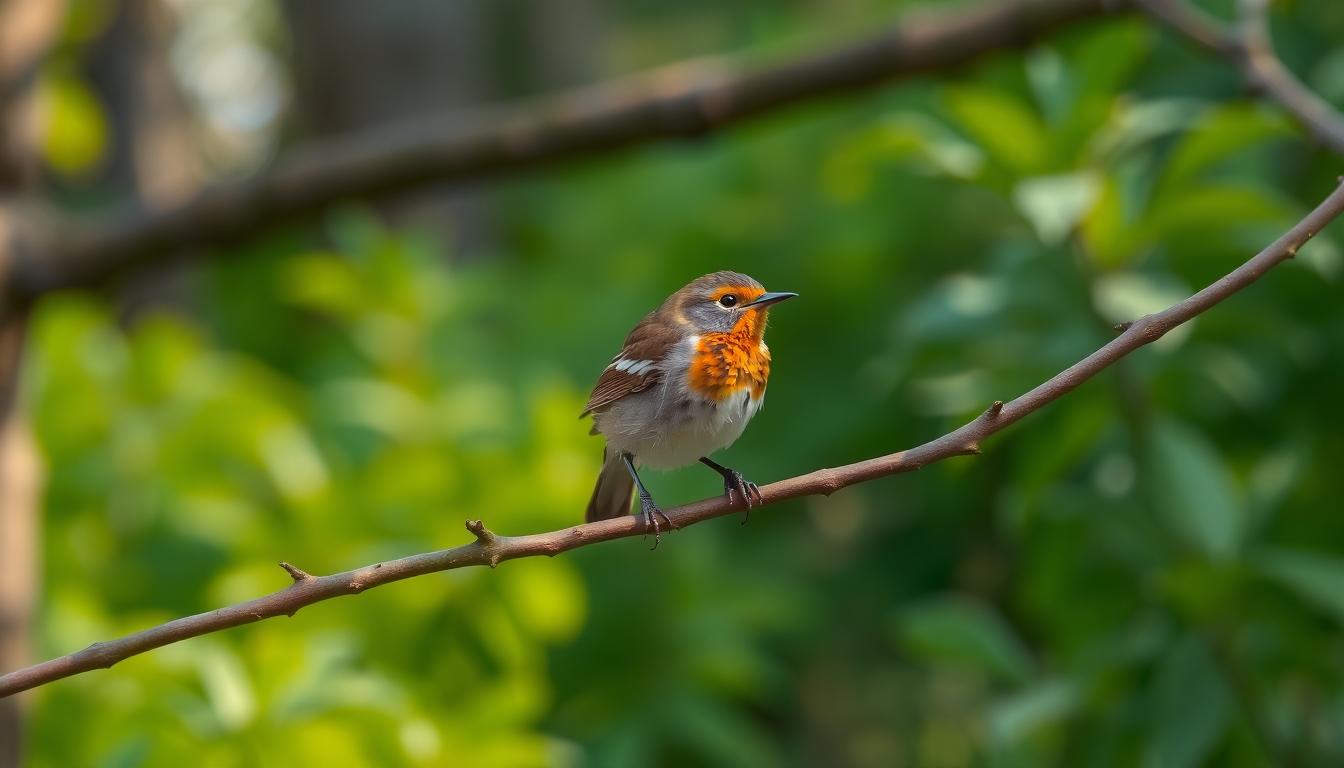
Native American tribes across North America hold the wren in high esteem, attributing important symbolic meaning to this small but spirited bird. Their cultural interpretations reflect deep observations of the wren’s behaviors and characteristics, creating rich symbolic associations that inform spiritual practices and traditional beliefs.
Messenger Spirits
Wrens serve as vital messengers in Native American mythology, bridging the gap between the spiritual and physical worlds. Their role as connectors stems from their remarkable intelligence and agility, allowing them to navigate between realms with ease. Native tribes recognize the wren’s ability to bring important spiritual communications, considering them sacred intermediaries that carry divine messages from the gods. These tiny birds embody the element of air, further emphasizing their connection to spiritual communication and thought.
Wisdom and Cunning
The wren’s quick movements and resourceful nature make it a powerful symbol of wisdom and cunning in Native American traditions. Pueblo people associate Rock Wrens specifically with chaos magic, respecting their unpredictable yet purposeful energy. The Hopi tribe honors a exact wren kachina named Turposkwa, linked to water provision and spiritual guidance, highlighting the bird’s connection to essential wisdom. Warriors particularly valued wren sightings, believing these encounters boosted their courage before battle. This association with war stems from the bird’s remarkable ability to demonstrate incredible bravery even though its small size. Native American symbolism celebrates the wren’s resilience and adaptability, inspiring people to face challenges with similar cleverness and resourcefulness.
Wrens as Symbols in Literature and Poetry
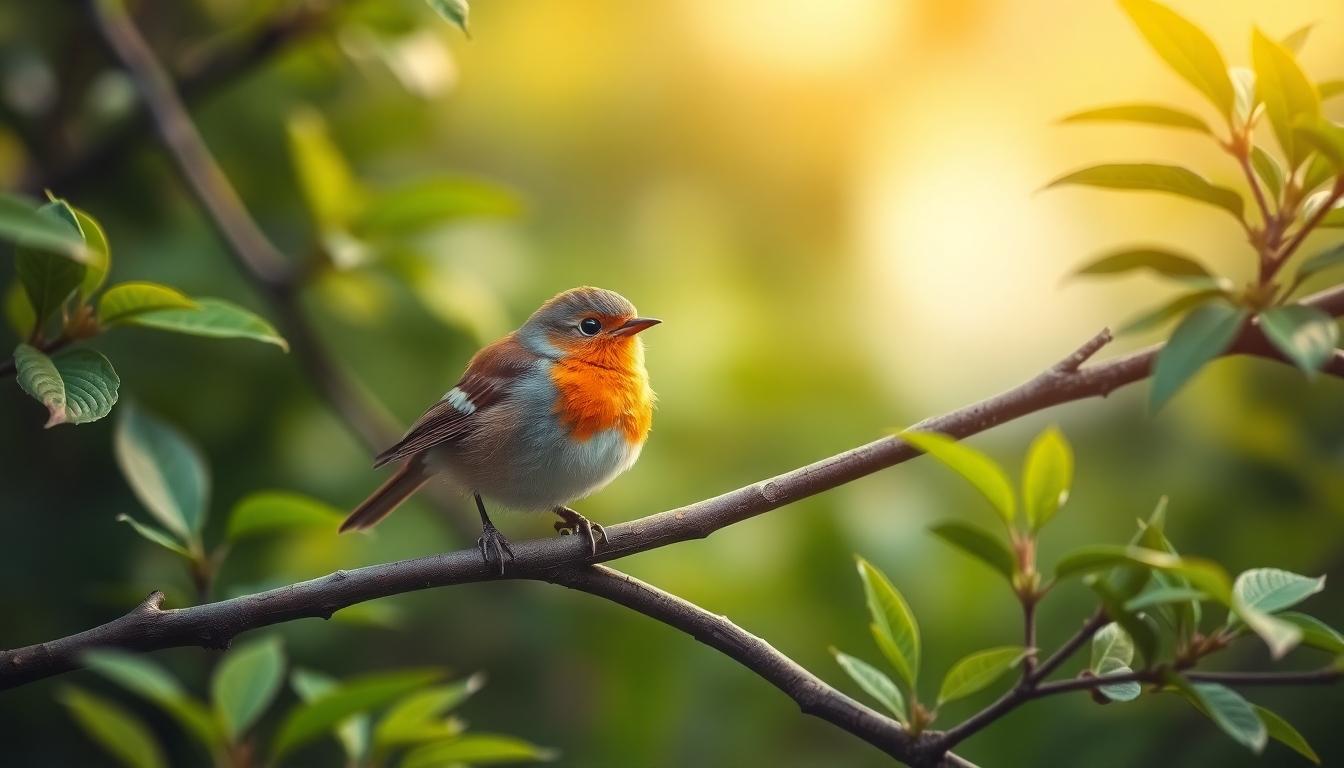
The wren’s powerful presence in literature and poetry stems from its rich symbolic heritage in Celtic mythology, where it represents vibrancy, agility, and creativity. Celtic bards particularly revered the wren’s song as a source of inspiration for musical poetry, connecting the tiny bird to artistic expression and creative freedom. This association with creativity established the wren as a potent symbol for writers seeking to evoke themes of inspiration and artistic pursuit.
Anne Enright’s 2023 novel The Wren, The Wren demonstrates the bird’s enduring literary significance, employing wren imagery to explore complex themes of betrayal and resilience. Her work includes a poem titled The Wren, The Wren that captures the bird’s transient beauty with evocative language describing it as “twisting into bird / high-tailed from hedge.” Enright’s contemporary use of wren symbolism shows how this small bird continues to serve as a powerful metaphorical device in modern literature.
The wren embodies fascinating duality in literary works, simultaneously representing both home and migration. Literary references often use wrens to signify domestic comfort through the sentiment that “home is where the heart is,” while also symbolizing adaptability and movement across boundaries. Medieval manuscripts frequently paired wrens with robins to evoke humility and divine protection, creating a visual language that readers of the era would immediately recognize.
Celtic traditions linked the wren to important mythological figures, connecting it to deities like Bran, the legendary Welsh king, and Taranis, the thunder god. These associations invested the wren with prophetic qualities in literature, as Druids interpreted its song for omens and divine messages. Literary works drawing on these traditions often position the wren as a messenger between worlds or a harbinger of important change.
The wren’s persistence and playfulness make it an ideal literary motif for characters facing challenges. Its song frequently appears in poetry and prose as a symbol of renewal or hidden wisdom, echoing its traditional role in Celtic beliefs as a guide through darkness. Modern authors like Enright continue to reimagine these ancient associations, portraying the wren as both delicate and determined—a perfect metaphor for human resilience against overwhelming odds.
Modern Interpretations of Wren Symbolism
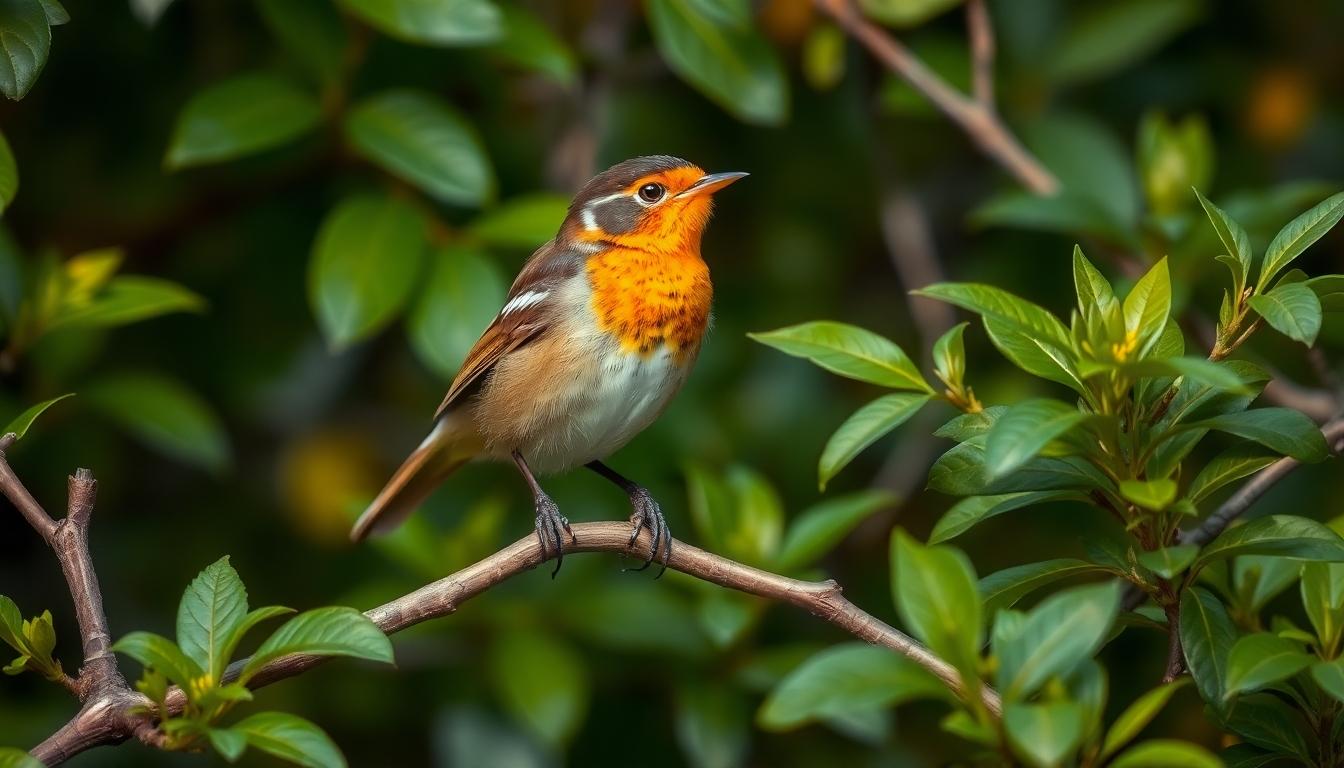
In contemporary spiritual practices, wrens have emerged as powerful symbols of resourcefulness, self-assurance, and creative problem-solving. Their distinctive presence in modern symbolism emphasizes adaptability and persistence in pursuing goals even though challenges.
Wrens as Symbols of Freedom
Wrens represent the courage to embrace change and explore new opportunities through their strong association with movement and migration. Their nomadic energy, particularly celebrated in Celtic traditions, reflects a life philosophy where home isn’t defined by physical structures but by emotional connections—truly embodying the concept that “home is where the heart is.” These birds demonstrate remarkable comfort with transience, teaching us to value experiences and relationships over material possessions. Their free-spirited nature encourages releasing fears that may restrict personal growth and embracing the unknown with confidence.
Connecting with Nature Through Wren Symbolism
Wrens offer profound lessons in alertness and efficiency, inviting us to practice greater mindfulness in our daily activities. Their behavior patterns showcase the importance of being present and attentive to our surroundings. Native American traditions particularly value wrens as harbingers of good luck, viewing their presence as gentle reminders of nature’s benevolent influences in our lives. The melodious wren song has long inspired artists and poets, deepening our spiritual connection to the natural industry through creative expression. Observing these small yet vibrant birds cultivates environmental awareness and gratitude for nature’s rhythms, helping us recognize how even the smallest creatures contribute significantly to our network’s balance and beauty.
Conclusion
The wren’s rich symbolism transcends cultures spanning Celtic traditions to Native American beliefs. This tiny bird carries outsized significance as a messenger between worlds and an emblem of resilience.
We’ve seen how the wren inspires us to embrace our inner strength regardless of physical size. It’s fascinating how this small creature represents such powerful qualities – courage wisdom divine connection and creative problem-solving.
Whether you encounter a wren in nature literature or spiritual teachings remember that it’s more than just a bird. It’s a timeless symbol that continues to resonate with us today inviting mindfulness deeper spiritual awareness and appreciation for life’s small wonders.
Frequently Asked Questions
What does the wren symbolize in different cultures?
The wren symbolizes creativity, freedom, and divine protection across various cultures. In Celtic traditions, it’s honored as “the king of all birds” and associated with druidic wisdom. Native Americans view it as a medicine bird representing confidence and protection. In medieval Europe, wrens signified divine protection and good fortune, while Eastern philosophies celebrate it as a symbol of resilience and joy.
Why is the wren called “the king of all birds” in Celtic culture?
The wren earned the title “king of all birds” through clever trickery in an ancient Celtic folktale. The story typically involves a competition where birds flew to determine their king. The tiny wren cunningly rode on an eagle’s back, then flew slightly higher at the last moment to claim victory. This tale highlights the wren’s association with intelligence and resourcefulness despite its small size.
What is “Wren Day” and when is it celebrated?
Wren Day is celebrated on December 26th (St. Stephen’s Day) in Celtic traditions. This custom, also known as the “Wren Hunt,” involves parading a wren (originally real, now symbolic) through towns. It represents the complex relationship between Christian and pagan practices, symbolizing Christianity’s triumph over paganism while connecting to older Celtic rituals that honored the wren as a sacred messenger between worlds.
How do Native American tribes view the wren?
Native American tribes consider the wren a powerful spiritual messenger. The Cherokee associate it with confidence and fearlessness, the Hopi see the cactus wren as a rain messenger, and the Lakota view it as a symbol of home protection. Many tribes believe wrens bridge the gap between spiritual and physical worlds, carrying divine messages due to their intelligence and agility.
What does the wren symbolize in Christian traditions?
In Christian traditions, the wren represents virtues aligned with core Christian values including courage, resilience, and spiritual vigilance. Their communal nesting habits symbolize the importance of fellowship among believers, while their melodious song represents divine connection and humility. Wrens serve as models for authentic spiritual expression and divine providence.
How is the wren portrayed in literature and poetry?
The wren has a powerful presence in literature, particularly within Celtic mythology where it symbolizes vibrancy, agility, and creativity. Celtic bards revered the wren’s song as an inspiration source. In contemporary works like Anne Enright’s novel The Wren, The Wren, the bird represents themes of betrayal and resilience. It often embodies duality, representing both home and migration.
What modern interpretations are associated with the wren?
In modern interpretations, wrens symbolize resourcefulness, self-assurance, and creative problem-solving. They represent adaptability, persistence, and the courage to embrace change. Wrens teach us to value experiences and relationships over material possessions, encouraging personal growth and confidence in the unknown. Their presence is considered a good luck sign that inspires mindfulness and gratitude for nature.
Why were wrens important in druidic practices?
Druids considered wrens sacred messengers with strong connections to prophecy and wisdom. The bird’s complex song was associated with druidic knowledge and divination abilities. Druids performed specific rituals involving wrens, including sacrificial offerings to gain favor from supernatural forces. These practices linked the wren to themes of death and renewal, making it a powerful symbol in their spiritual traditions.
What does the wren teach us about mindfulness?
Wrens invite mindfulness and alertness in daily life by demonstrating complete presence in their activities. Their attentive behavior encourages us to be fully aware of our surroundings and appreciate small moments. By observing these birds, we’re reminded to slow down, notice nature’s details, and foster gratitude for our environment. Their vibrant presence deepens our connection to the natural world’s rhythms.
How does the wren’s size relate to its symbolic meaning?
Despite being one of the smallest birds, the wren’s outsized symbolism teaches that true significance comes from inner qualities rather than physical size. This contrast between the wren’s tiny stature and its powerful presence appears across cultures, particularly in Tibetan Buddhism and Celtic traditions. The wren demonstrates that courage, resilience, and wisdom aren’t determined by size but by character and spirit.

